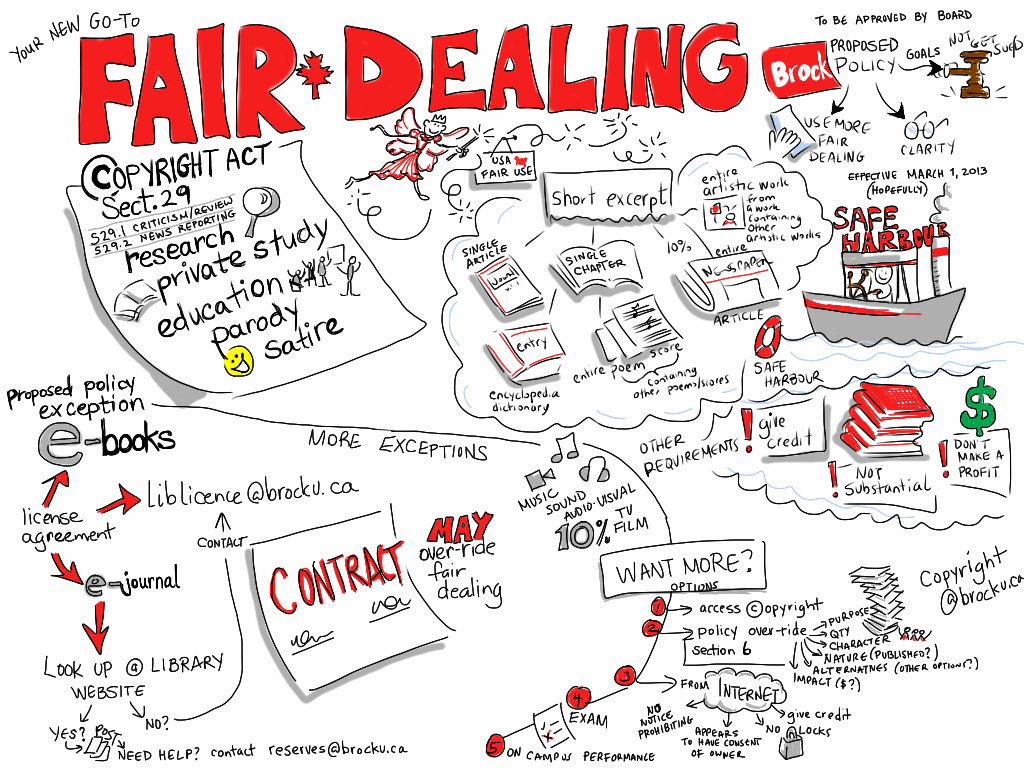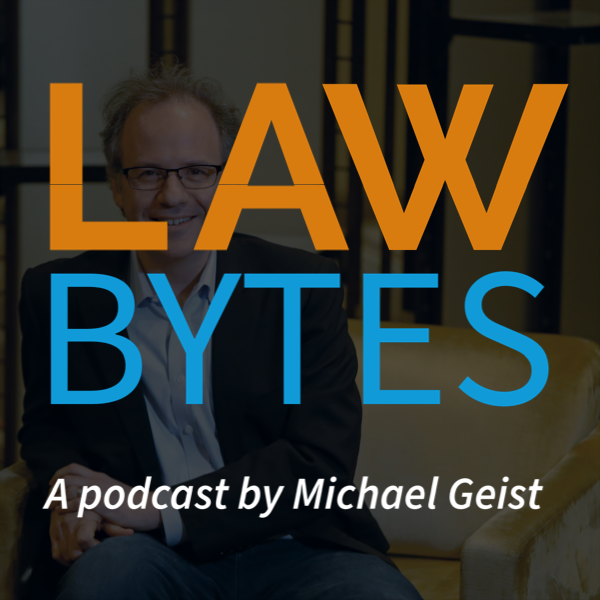The largest copyright class action in Canadian history received court approval yesterday, with the four major record labels that comprise the Canadian Recording Industry Association – EMI Music Canada Inc., Sony Music Entertainment Canada Inc., Universal Music Canada Inc. and Warner Music Canada Co. – agreeing to pay over $50 […]

Fair Dealing by Giulia Forsythe (CC BY-NC-SA 2.0) https://flic.kr/p/dRkXwP
Copyright
The Access Copyright Backlash: Writers Union of Canada Calls for Collective Licensing Reform
The full motion passed at the plenary session of the TWUC AGM states:
RECOGNIZING that collective licensing of copyright is a vital interest of the creator community, but that creators receive an inadequate share of the revenues of Access Copyright and are unable to control how the copyright income raised in their name is managed
And RECOGNIZING that key differences in the copyright interests of publishers and creators will always prevent Access Copyright from fully and effectively representing creators’ copyright interests
MOVED that a solution is an operational separation of creators’ and publishers’ interests in collective licensing, for instance, by the British model of a creator-run distribution collective that controls and distributes the half of collective revenues that belong to creators.
And MOVED that National Council direct an investigation as to how this significant reform of collective licensing in Canada can be brought about at the earliest possible moment.
The motion apparently passed with one abstention and opposition from only three people, all Access Copyright board members.
Why The Situation Is Likely to Get Worse for Access Copyright (But Not Necessarily for Authors)
The Access Copyright’s Board response to the Friedland Report is one of the few public sources that breaks down its revenue and distribution (though it is no longer posted online). In 2005, its licensing revenue came from the following sources:
| Universities and Colleges | 46 percent |
| K – 12 Schools | 31 percent |
| Government | 14 percent |
| Foreign Reproduction Rights Organizations (RROs) | 5 percent |
| Corporate | 4 percent |
The percentages may have changed slightly, but there is every reason to believe they are fairly similar today. In the Access Copyright application for an interim tariff, it told the Board that “almost 50 percent” of its licensing revenue comes from universities and colleges.
The obvious problem is that Access Copyright is dependent on education for roughly 75 percent of its revenues. In the years ahead, much of this is likely to disappear. I’ve already argued that universities and colleges will increasingly walk away from Access Copyright as they pursue other licensing approaches for their materials (universities are spending over $100 million a year on site licenses via CRKN alone).
The Economics Behind Access Copyright
Yesterday’s post highlighted the recent Access Copyright decision to refuse pay-per-use transactional digital licences (late in the day I received a note that AC appears to have had a change of heart). As I noted in the conclusion, the copyright collective faces an increasingly problematic balance sheet. According to its 2010 annual report, it spent more on itself in the form of administrative costs (including legal fees and board compensation) that it actually dispensed to Canadian authors from its 2010 revenues. Admittedly, these numbers are not easy to find. Indeed, for an organization devoted to collecting licensing revenue and distributing it collective members, the annual report is incredibly vague in providing clear numbers about precisely what gets distributed to Canadian authors.
Despite the obfuscation, the numbers can be teased out from the 2010 annual report with a bit of digging (it is not easy and I am open to corrections and clarifications). [Update: Some comments note that the annual report includes a specific distribution number as page 19 states that the distribution for 2010 was $23.3 million. Unfortunately, that figure does not disclose how much of the 2010 revenues were distributed. The 2010 distribution drew from both 2010 provision for royalties for distribution ($24 million) and the balance entering the year, which stood at $29.5 million. The analysis below makes it clear that the majority of the 2010 distribution came from the prior balance, not from the 2010 revenues]
Start with the revenue – licensing revenues, including interest income, came in at $33.7 million, a drop of $1 million from the prior year.
Access Copyright Stops Pay-Per-Use Digital Licensing
While some were surprised that the educational institutions did not seek judicial review of the Copyright Board decision, I suspect that many institutions came around to the view that the interim tariff was helpful in the short-term. Many institutions were facing faculty not ready to shift away from the Access Copyright licence in January 2011. The interim tariff bought them time to complete the transition. That transition now appears to begin as soon as September 2011 as universities prepare for an alternate approach based on five key sources of materials:






